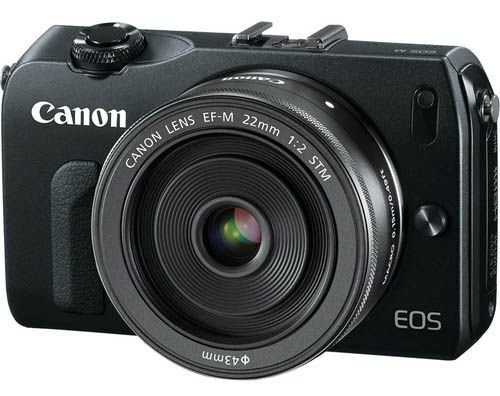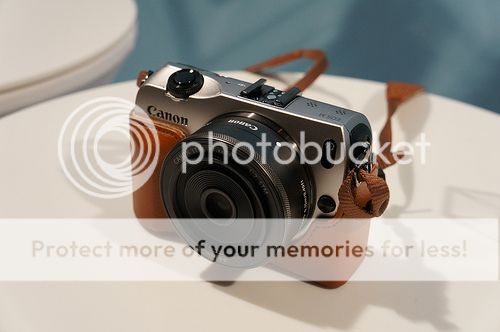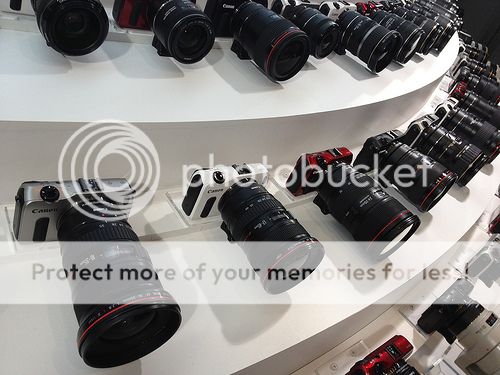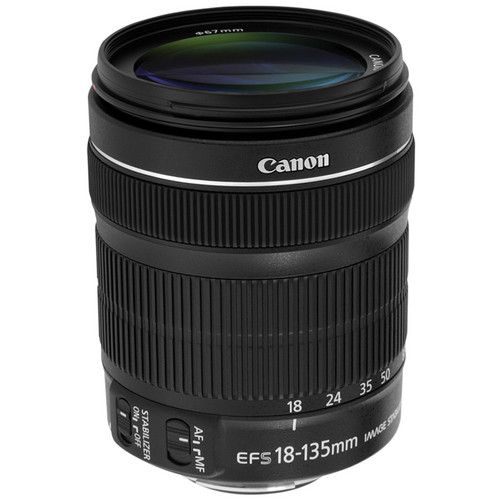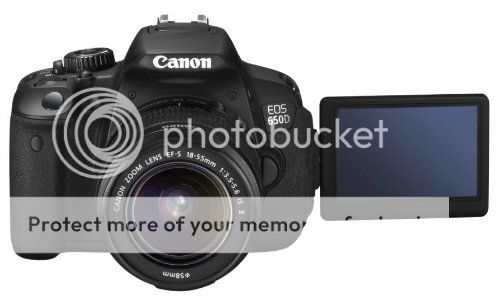Update: added another EF 28mm IS USM review.
The Canon EF 28mm f/2.8 IS USM succeds the EF 28mm f/2.8, a lens that was in production for 25 years and has now been discontinued. The old Canon 28mm can still be found on Amazon ($349) and on . 28mm on a crop sensor give you a focal length of 45mm, near the normal focal length (50mm). I like the focal lenght on the crop body and I own the old Canon 28mm. It is one of the lens I use more often on my crop body, especially for street photography.
The new Canon EF 28mm isn’t an earthshaking technical progress. Focal length and maximum aperture didn’t change, although Canon widely changed the optical design. An ultrasonic motor that drives the auto-focus and image stabilization are the new features. A fast and very silent auto-focus isn’t a bad feature, though the micro-motor on my EF 28mm has never been to slow, it was louder. Canon claims the IS gives you 4 stops, although you should probably consider a more realistic figure of 2-3 stops. Uh, and the price, which is around three times the price of its predecessor.
A relatively fast prime (f/2.8) that’s not an “L” lens and goes over the counter for $800/€700. There is nothing revolutionary or innovative in this Canon prime. It’s a well built lens (though not being an “L” lens the build quality is very high), and it doesn’t extend and hence is little exposed to dust and water. It has a rock solid, reliable performance, sharpness is absolutely impressive, it’s lightweight, and wouldn’t it be for the price I am sure this could be a bestseller. Some macro capabilities are also given, the lens has a 0.2x magnification and a close-focusing distance of 23 cm (9 inches). Here are some Canon EF 28mm f/2.8 USM IS reviews for you to check.
Photozone.de writes
The Canon EF 28mm f/2.8 USM IS is, undoubtedly, a high performance lens with only a few weaknesses. The center performance is breathtaking and the border quality is also very good if you close the aperture by a stop or so. The lens is also capable of keeping its performance in close-focus scenarios. The low amount of lateral CAs contributes to the high sharpness perception as well. The lens produces a slight amount of mustache-style barrel distortion which is lower than most zoom lenses. The vignetting characteristic is a a weak spot – at max. aperture there’s quite a bit of light falloff so you should stop down to at least f/4 to reduce the issue to a more sane level (unless you’re after the effect, of course).
From Slrgear’s lab test:
Sharpness
On a sub-frame camera such as our studio Canon 7D, the lens provides excellent sharpness across its aperture settings; on a full-frame camera, the corners of the lens show a little softness.
Mounted on the Canon 7D, the lens provides consistent sharpness from its widest setting of ƒ/2.8 through to ƒ/11; while it’s not tack-sharp, it is very sharp indeed. Diffraction limiting sets in appreciably by ƒ/16, and there is a generalized softness when fully stopped-down at ƒ/22.
Mounted on the full-frame Canon 1Ds mkIII, we noted a bit more of the lens’ corners: specifically, it’s a bit soft in the extreme corners when used wide open at ƒ/2.8 and ƒ/4, and while the central region of the frame offers excellent results for sharpness, the corner areas trail very slightly behind.
[Update] Another detailed review with samples (and comparison with other Canon primes) can be found at
The Digital Picture. Some excerpts:
I am modestly surprised that Canon decided to not include the Canon EF 28mm f/2.8 IS USM Lens in the L Series, but, like the 24 f/2.8 IS, the 28 f/2.8 IS has image quality that challenges these impressive lenses. The 28 f/2.8 IS has a price that makes adding the extra red paint around the end of the lens seem logical. […]
With good technique and a stable, standing shooting position, I am getting a very good percentage of sharp shots at 1/5 – 1/4 second. Beyond 1/4 sec, the keeper rate drops off gradually with sharp images still obtainable at close to 1 sec exposures. The IS assistance I experience is about 3 stops. […]
In a quiet environment, you will be able to hear the shuffling of elements inside the lens while autofocusing, but … this is one of the quieter-focusing lenses available.
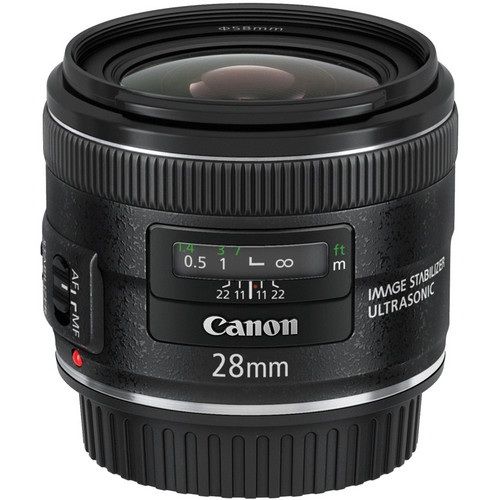
Canon EF 28mm f/2.8 IS USM price check: Amazon DE, Amazon UK, Amazon IT, Canon IT, WEX Photographic, Canon FR, Canon UK, Canon DE
Canon EF 28mm f/2.8 price and availability check: Amazon DE, Amazon UK, Amazon IT, Canon IT, WEX Photographic, Canon FR, Canon UK, Canon DE

